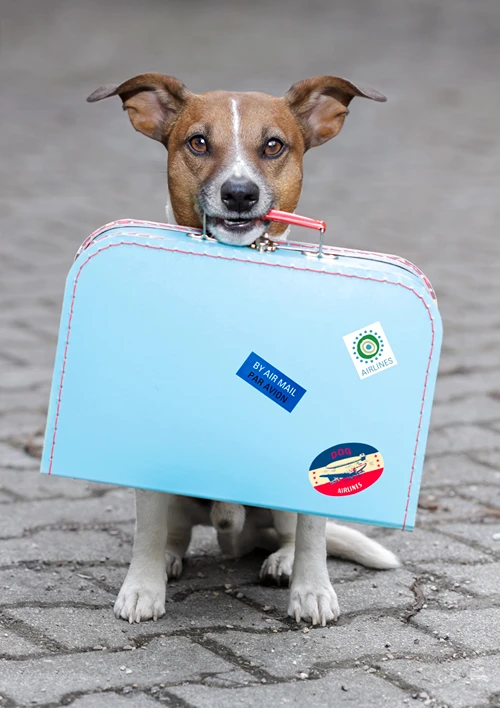Safety First: Best Apple Watch Bands for Kids with Sensitive Skin
Hello people! Are you struggling to find the perfect watch band for your child’s sensitive skin? Well, you’re not alone in this struggle. Your kid’s delicate skin can react differently to certain materials. This makes it critical to navigate this subject with utmost care. So, this guide explores what you need to know before purchasing an iWatch strap for your child.
We’ll help you choose the right material and advise you on what to avoid when selecting one. If interested, check out skin-friendly Apple Watch bands here.
Why Skin Sensitivity Matters
Like adults, your child’s delicate skin may be allergic to many things. After wearing their watch throughout the day, your child may experience redness or itchiness. The most common causes for these conditions include material allergy, friction, and sweat buildup.
Thankfully, you can easily solve these problems by choosing the right Apple Watch material. Most low-grade materials can contain harsh chemicals and dyes, which may harm your child’s skin. And, of course, the design of your chosen material is critical. Keep scrolling for more details!
Material to Look for in Apple Watch Bands for Kids
According to reports, 35% of Apple Watch wearers reported skin reactions to certain materials. You must, therefore, choose the material carefully to protect your child’s skin. Below are some top picks to consider:
Silicone
Silicone is often the go-to material for most parents looking to buy a third-party strap. It’s soft and durable, making it ideal for active people like your child. Most silicone bands also have hypoallergenic properties to prevent skin reactions and are available in bright, child-friendly colors.
Soft Nylon
Nylon is another popular choice for active wearable tech enthusiasts. This lightweight material rarely reacts to skin and is ultra-soft for maximum comfort. Nylon’s breathable design also means your child’s skin won’t suffer from sweat buildup. Plus, nylon dries up pretty quickly after washing.
Soft Leather
This timeless choice is ideal for your teenage child looking to add a touch of class to their iWatch. Premium-grade leather doesn’t contain harsh chemicals that may irritate your child’s skin. Leather is also soft and provides natural breathability for maximum comfort.
Fabric/Velcro Bands
These watch strap materials are excellent alternatives to nylon bands such as Sports Loop. They use lightweight fabric that provides a soft and snug fit around your child’s wrist. Velcro bands also provide hook-and-loop designs for easy adjustability and comfort.
What to Avoid in Apple Watch Bands for Kids
Choosing a watch band for your child can be tricky because there are certain factors you must avoid. Below are some of them:
- Sensitive materials: Your child’s skin may react to specific materials, especially rubber and nickel. Therefore, talk to your dermatologist to know which materials to avoid.
- Rough texture: Choose a watch strap material that’s soft and cozy to prevent redness and irritation after extended use. Silicone, leather, and nylon bands should easily tick this box.
- Non-breathable design: Breathable strap materials like fabric and nylon allow maximum airflow around your child’s wrist. This can prevent skin reaction to sweat buildup.
- Hard to maintain material: Your child will likely take their watch to the playground and everywhere else. So, choose a material that’s easy to clean and maintain to prevent bacterial buildup.
Endnote
You should now be ready to buy an Apple Watch band for your child’s sensitive skin. The trick lies in getting the material choice right while considering factors like comfort and style.









